Cold Frame Technology:
Cold frames are essentially square boxes without a bottom that you may set over your crops to keep them safe from freezing temperatures.
Little quantities of products (consider lettuce, greens, and other veggies) can be covered with several chilly structures for the majority of the wintertime. Cold framework sidewalls can be constructed from stones, masonry blocks, hardwood, or whatever other stuff you happen to have on hand.
Although using straw bundles for the perimeter and referring to it as a “cold framework” is an option. Utilize a fragment of fiberglass and vinyl, or acrylic (consider repurposed ancient panes) for the topmost part.
All you have to do is wrap the cold frame across the vegetation you wish to maintain safely, and on chilly mornings and at midnight, retain it sealed. Naturally, you’ll additionally be required to keep in mind to reveal it during the hottest hours of the week to avoid having a steam room inside. Progressively cooler times, airflow is crucial, so you ought to lift it up a little bit each day, although only for a couple of moments.
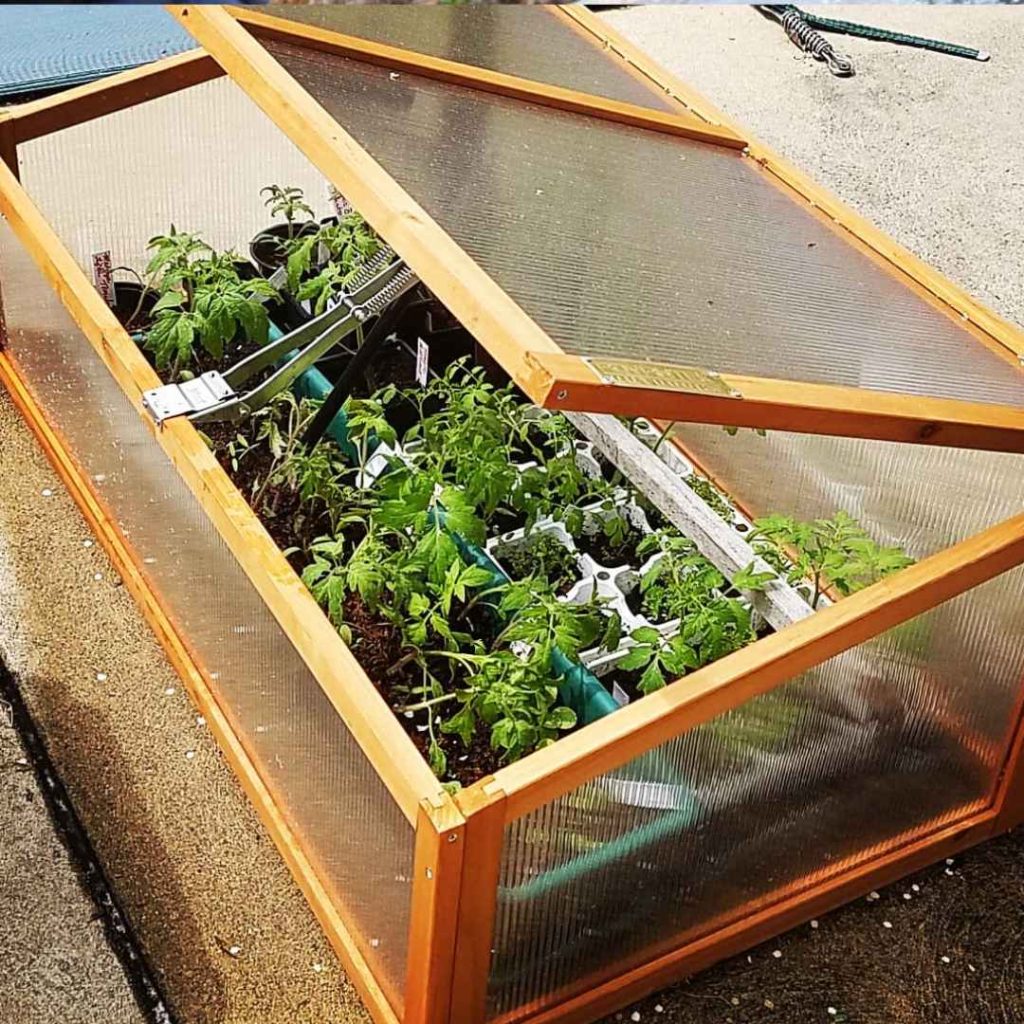
Cool Season Crop Guide For Successful Fall Gardening:
The landscaped area is beginning to alter this time of year. Veggies begin to droop while losing their once-fresh appearance. For many individuals, the autumn marks the start of the final phase of the planting period. However, have you also heard of producing veggies in the colder months?
Winter vegetable gardening is challenging, but it’s also rather simple. Naturally, wintertime is a difficult season with many hazards. However, we may also get a lot for nourishment at this period of the year! Furthermore, if we continue to develop throughout the cold season, we may not have to give up our pastime entirely for extended periods of time.
The winter season vegetable gardening really can be a lot of enjoyable! In this set, we cover all the basics a novice demands to have knowledge about vegetable production in wintertime.
Winter Vegetable Gardening: The Essentials
When they learn that veggies may be grown in wintertime, the vast majority become extremely doubtful. I mean, come on, everybody knows that during this period of year veggies don’t expand? Theoretically though, you’re not incorrect. With the aid of some sunlight and warmth, you could potentially be capable of germinating during the cold months as well.
In order to have this work, nonetheless you’ll require the correct instruments and supplies, which may be out of reach to the majority of individuals. However, you might concentrate on tough veggies that can withstand the chill and shadows.
You could move a single stage nearer to throughout the year being self-sufficient by planting an abundance of resistant veggies that you can begin producing at the end of autumn, wintertime, and early April. You must also exercise extreme caution when selecting the locations. The greatest places are those that are primarily shielded.
Cultivating an abundance of veggies is another important part of generating them in the chilly months. Avoid getting too picky about bedding during wintertime because there’s generally an abundance of space.
The cold season vegetable gardening is actually very simple. As opposed to the summertime, you no longer have to keep vigilant tabs on the advancement. In chilly conditions, the resilient, slower-growing plants develop less rapidly. With the exception of the practical reaping, you can complete the majority of the job in the warmer months.
Best Domestic Salad Bar Vegetables To Grow:
Selecting domesticating plants will ease your workload. These veggies have shown to be effective.
Blended Greens Salad:
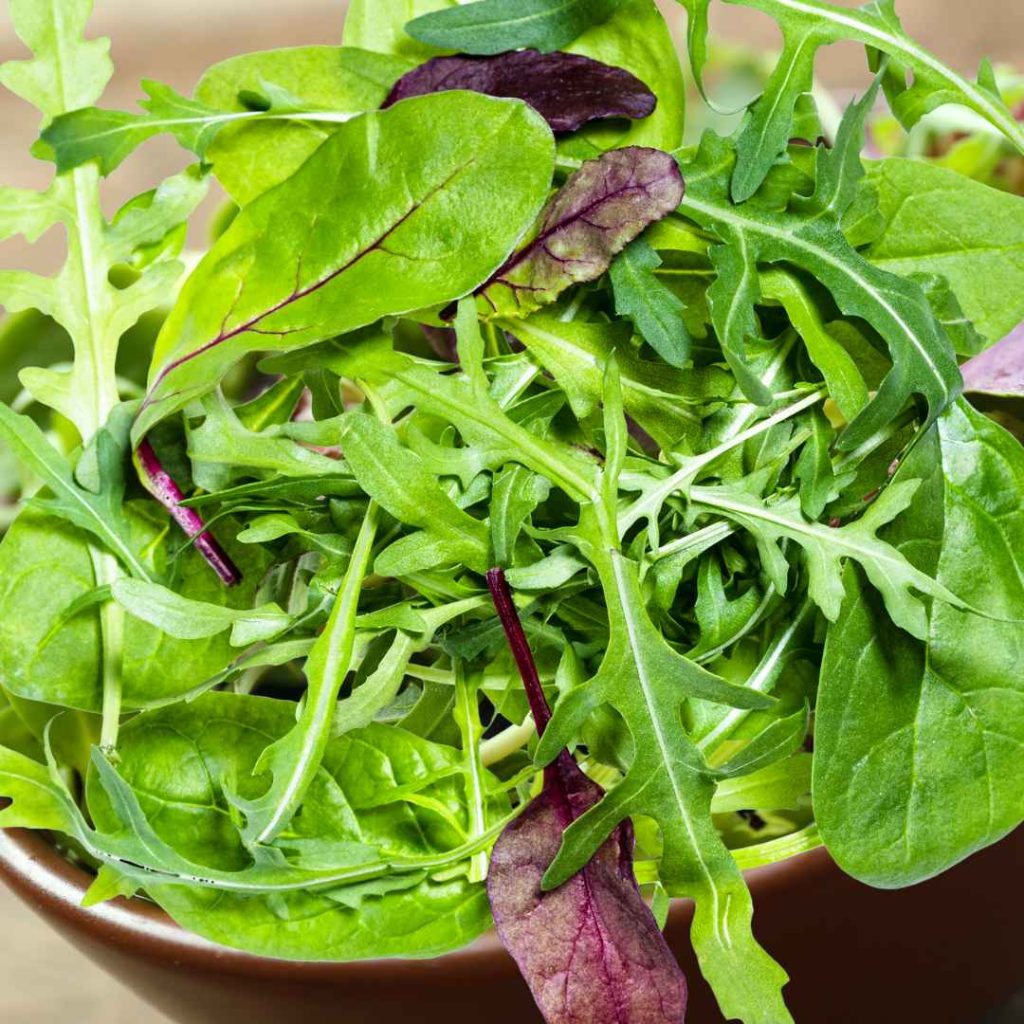
Quick-growing indoor vegetables that are excellent are the spinach plant, arugula (also known as rocket), and mustard greens. These are the easiest vegetables to get familiar with if you are a new landscaper, which is why I’ve placed them at the very beginning of the chart.
Carrots:
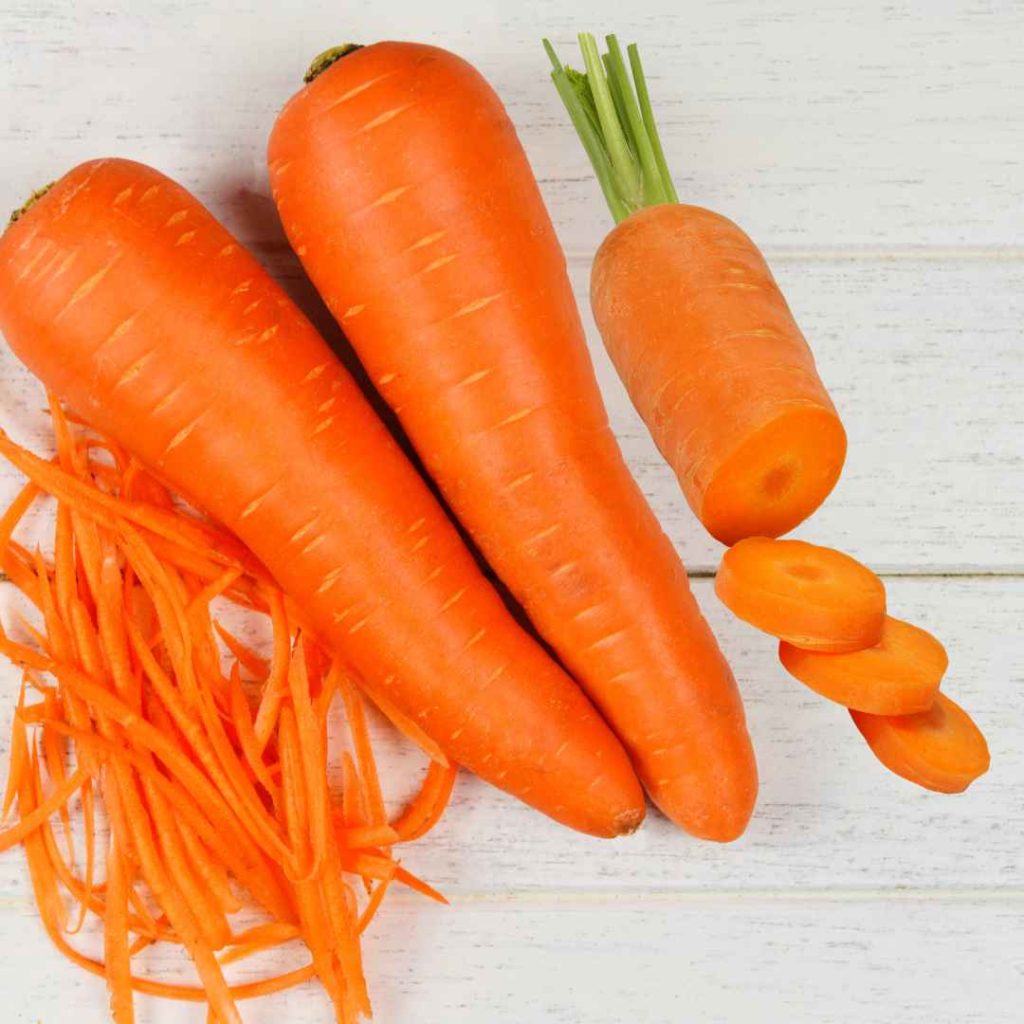
Carrots generally thrive on more nutrients than other veggies, but they rarely need a lot of room surrounding them—you could call it wingspans. These are veggies that grow well in cold climates, around sixty degrees Fahrenheit. Ensure that they receive a minimum of twelve hours of daylight per day.
Scallions Or Green Onions:
Since they are low maintenance and never need plenty of sunshine as various other vegetables, green onions grow nicely inside. By consuming the upper part of the green onions, you may alternatively employ the seedlings for planting or just reestablish the root tip.
Herbs:
Since herbs (a portion of vegetables) enjoy sunlight, you’ll need to provide them with between twelve and sixteen hours of it every day. It’s usually approximately seventy degrees F that they do greatest. The following are a number of the greatest types to grow indoors: thyme leaves, sage leaves, parsley, lettuce, oregano, mint leaves, the herb rosemary, and scallions.
Greens For a Leafy Salad:
Of all the salad leafy greens, lettuce, kale, spinach, and mustard are cool-resistant and possibly the least dependable. In small settings, they may expand swiftly as four weeks in duration. They thrive at temperatures close to sixty degrees Fahrenheit and require roughly eleven hours of daylight each day.
Microgreens:
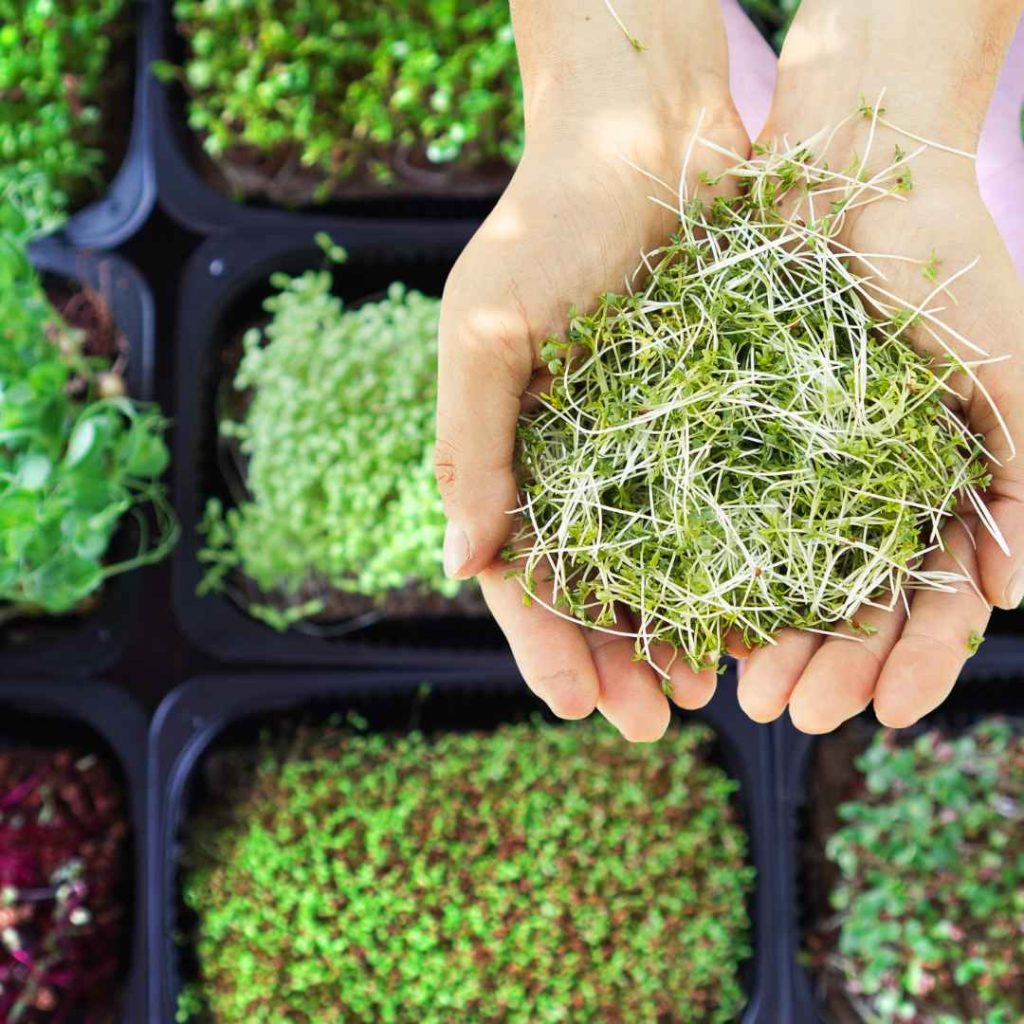
Micro greens, which have 40 times greater amounts of minerals and vitamins than fully developed vegetables, so don’t be fooled by their tiny size.
They are grown in identical manner as fresh salad greens, however they are harvested at the earliest stage, usually in approximately two weeks. To make a healthy crackling sound, consider incorporating them to toast.
Developing Greens From Scrabbles:
If cultivating inside veggies in pots seems like a bit more labor than you’re up for, there’s a significantly simpler method you can use to cultivate specific types of veggies in your personal house: Attempt to regenerate out of the leftovers.
The consumption of celery lettuce and other varieties and green onions are excellent choices for reestablishing from waste. All you have to do is put the leftovers in a vessel, let the undersides immerse in water, and make sure they get lots of light from the outdoors. You will soon have an abundance of these veggies sprouting in your private kitchen.
Cucumbers:
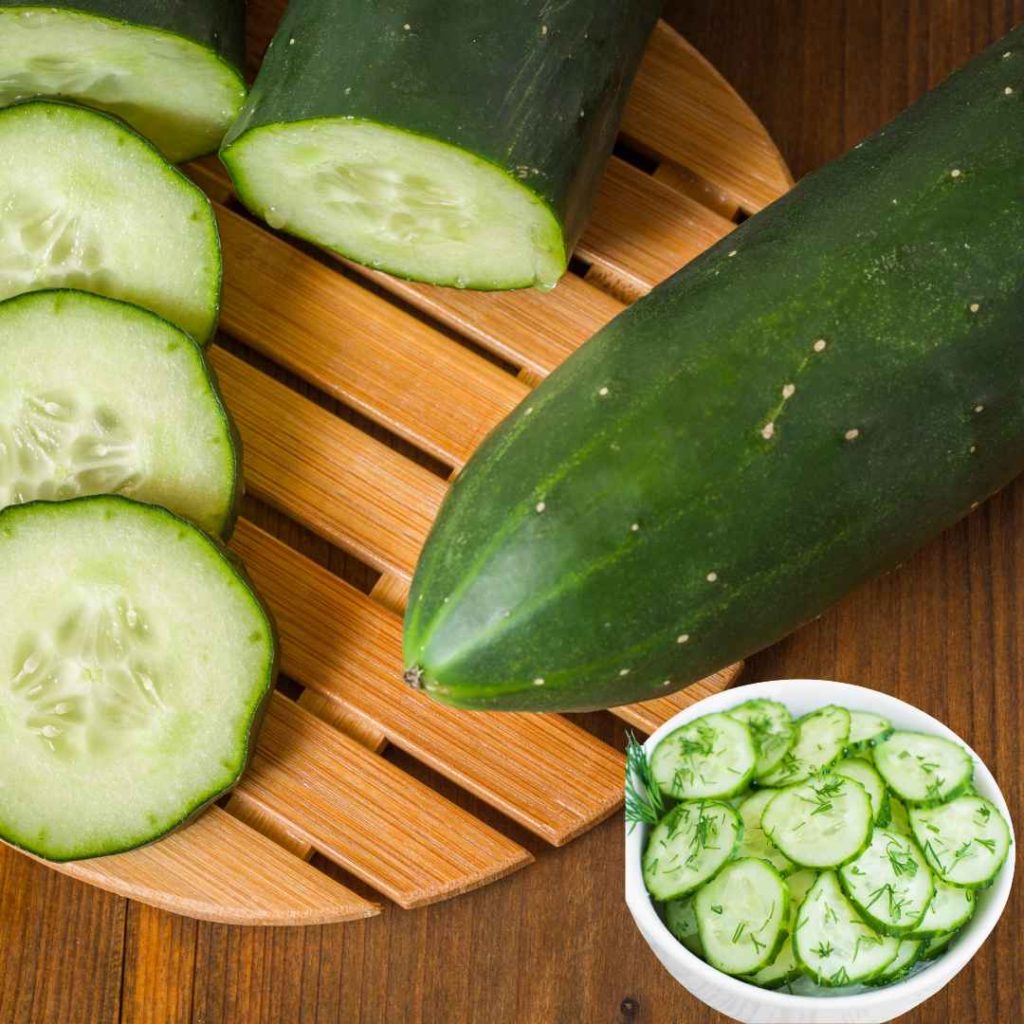
Other veggies you may expand inside are cucumbers. A variety of cucumber seedlings on the marketplace designed especially to grow indoors. When equivalent to yard varieties of cucumber seedlings, they may be priced higher, but the outcome is sure to be superior.
Spacious planters ought to be used for the cucumbers. Plenty of room is required for cucumber proliferation. Recall that they are tendrils as well, therefore you will need to build an ascending framework and plant it in the container you purchased.
Cucumbers demand an appropriate temperature range of seventy-three to 79°F and plenty of lighting to flourish as far as environmental demands go. For optimal effects, make careful to maintain cooler temperatures at midnight.
Bell Peppers:
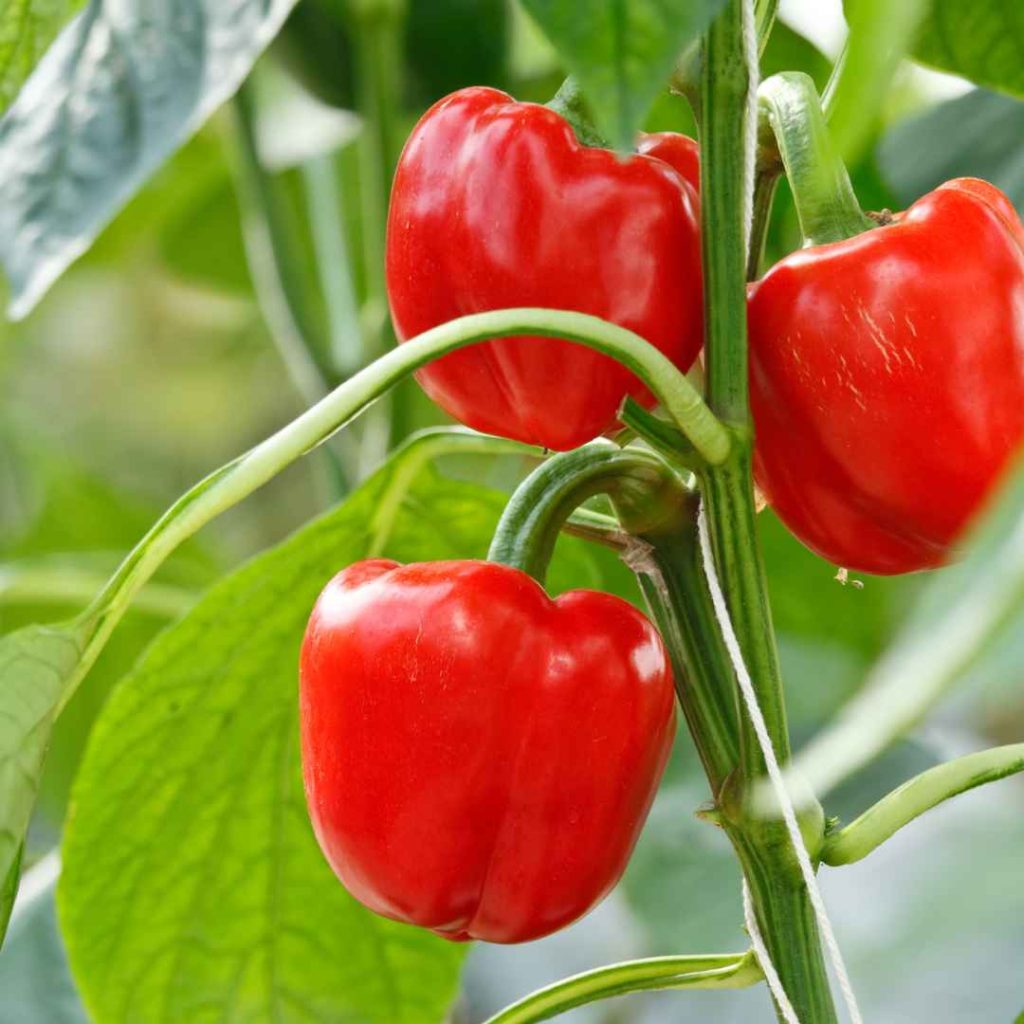
Bell peppers, either red or green, flourish well in a planter. When growing bell peppers, one factor to consider is the type of substrate you employ. Because bell peppers require an abundance of vitamins and minerals, the most suitable soil for cultivation is a blend containing comparable parts vermiculite, moss from peat, and coarse gravel. You can create your personal fertilizer or get it purchased from a garden center.
In every container, you ought to insert a minimum of three bell pepper seedlings. The bell pepper containers should be kept in an enclosed space that is consistently around sixty-five to 75 degrees Fahrenheit. They should also be placed in an area in which they will receive sunlight frequently.
Basil:
Herbs that are used in cooking may be efficiently cultivated inside, in addition to veggies. Basil is one among these herbs. Basil does not demand any specific circumstances for development, therefore planting within planters is really simple.
You ought to select only nutrient-rich ground and an inflatable container. Superior outcomes can be obtained by using a natural fertilizer and positioning the container in an area with lots of daylight (or synthetic lighting).
Parsley:
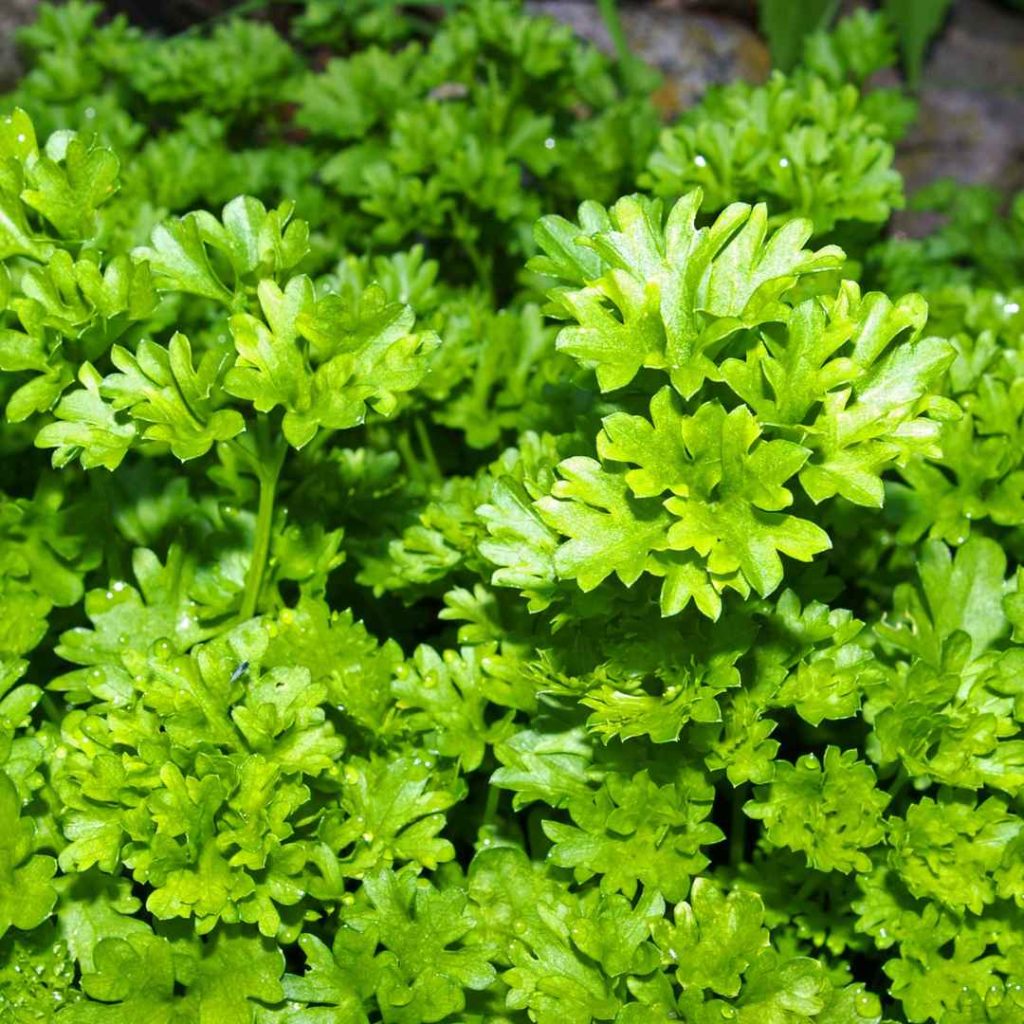
An additional plant that can be cultivated in a container is parsley. Any kind of container will work so long as it possesses sufficient draining openings on the lower area and can be placed on the glass sill. Put a serving dish underneath the vessel to catch the water that has dropped.
Ensure that your parsley receives a minimum of 6 hours of sun exposure each day. As a replacement, you may encourage development by using a fluorescence lamp.
When it comes to parsley, you must be concerned about ambient dampness. The atmosphere dampness needs to be raised if the foliage does appear parched.
Lettuce:
Planting lettuce inside during wintertime is a necessity if you’re a salad lover. One can grow numerous kinds of lettuce, as well as some are better suited for cultivation inside than alternatives. Among Tom Thumb, Baby Oak leaf, or Black-Seeded Simpson, pick your preferred kind.
The sole prerequisite for growing lettuce in any kind of planter or vessel is that it must be no more than one foot deep.
It is best to put the container in bright lighting. If this isn’t feasible, buy an LED light to encourage development.
